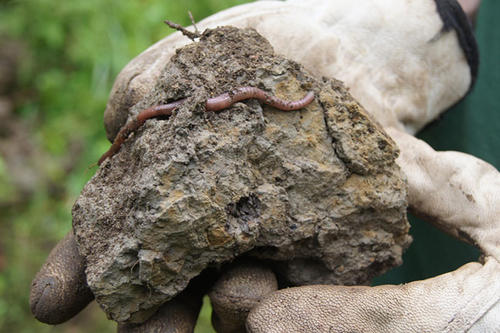
As the world waxes warmer, scientists are scrambling to prioritize conservation efforts.
A new global study of earthworm diversity suggests looking at soil, as climate change could seriously affect earthworms and the many functions they provide.
Based on data compiled from 6,928 sites in 57 countries (including over 100 sites sampled by University of Minnesota researcher and study coauthor Adrian Wackett), the work reveals that climate variables—temperature and especially precipitation—influence earthworm distributions and diversity far more than the properties of the soils they inhabit.
Earthworms exert major controls over how soils function; along with other soil fauna, they regulate water and nutrient flows at the base of ecosystems. Conservation efforts that neglect them and focus solely on aboveground species could backfire and harm aboveground species dependent on soils for food and shelter.
To avoid this pitfall, “it’s helpful to have some grasp on where soil fauna like earthworms are most abundant, and the primary environmental factors driving their distributions,” says Wackett, a researcher in the Department of Soil, Water, and Climate in the College of Food, Agricultural, and Natural Resource Sciences. The study appears in the journal Science.
“It remains unclear exactly how ‘nature’s gardeners’ will respond to future environmental change,” he adds, “but given earthworms’ profound ecological reach, a better understanding of their subterranean world and how they interact with it is a crucial first step.”
- Categories:
- Agriculture and Environment





